Star Trek: The Official Guide to The Animated Series from authors Aaron Harvey and Rich Schepis is a joyful look at an important part of the history of the Star Trek franchise; the first foray into animation in the early 1970s. The Filmation cartoon, which premiered in 1973, four years after Star Trek was canceled on NBC, is loved and loathed in equal measure by the fandom.
But in recent years, as elements from the show have increasingly cropped up in live action, particularly in Star Trek: Discovery, the show is getting a second look from a lot of the fans who dismissed it just a few short years ago. Including me!
I may not exactly be learning to love The Animated Series, but I am definitely learning to appreciate it. Harvey and Schepis, who we interviewed about this project back in August, are the right messengers for this sometimes forgotten chapter in Star Trek history, and it is hard not to find their joy and passion for the source material to be infectious.
And for those fans who were disappointed by the cancellation of Star Trek in 1969, The Animated Series was a gift. Who, at that point, could have foreseen that there would be so much life left in the franchise? The Animated Series is a vital stepping stone along the path towards The Motion Picture and everything that came after it. So, it is only fitting that the show finally gets its own reference guide.
The book delivers. It is chocked full of lavish artwork from the series (say what you want about the animation – and you can say a lot – you cannot deny the art is absolutely gorgeous by itself), and plenty of fascinating behind the scenes details. This is likely the closest The Animated Series will see to something like the Deep Space Nine Companion treatment.

Harvey and Schepis place the show as a whole in the proper context of the franchise, and provide plenty of details about how the show was made, its links both back to Star Trek and forward to the subsequent shows, and provide looks at each one of The Animated Series’ 22 episodes.
The authors have also lovingly cataloged all of the show’s notorious goofs and bloopers, including the now iconic shot of Nurse Chapel wearing her blue science uniform with a red sleeve.
If there is one underlying message to the book, as it weaves you through great — and not so great — episodes, it’s that the team behind the show, led principally in the first season writers room by Dorothy ‘D.C.’ Fontana, never for one moment believed they were making anything other than a continuation of live action Star Trek.
Animation may have afforded them the opportunity to do things that a live action budget never could have afforded (An alien with a third arm! An episode set primarily underwater!) and the episodes may have been shorter, but this was Star Trek.
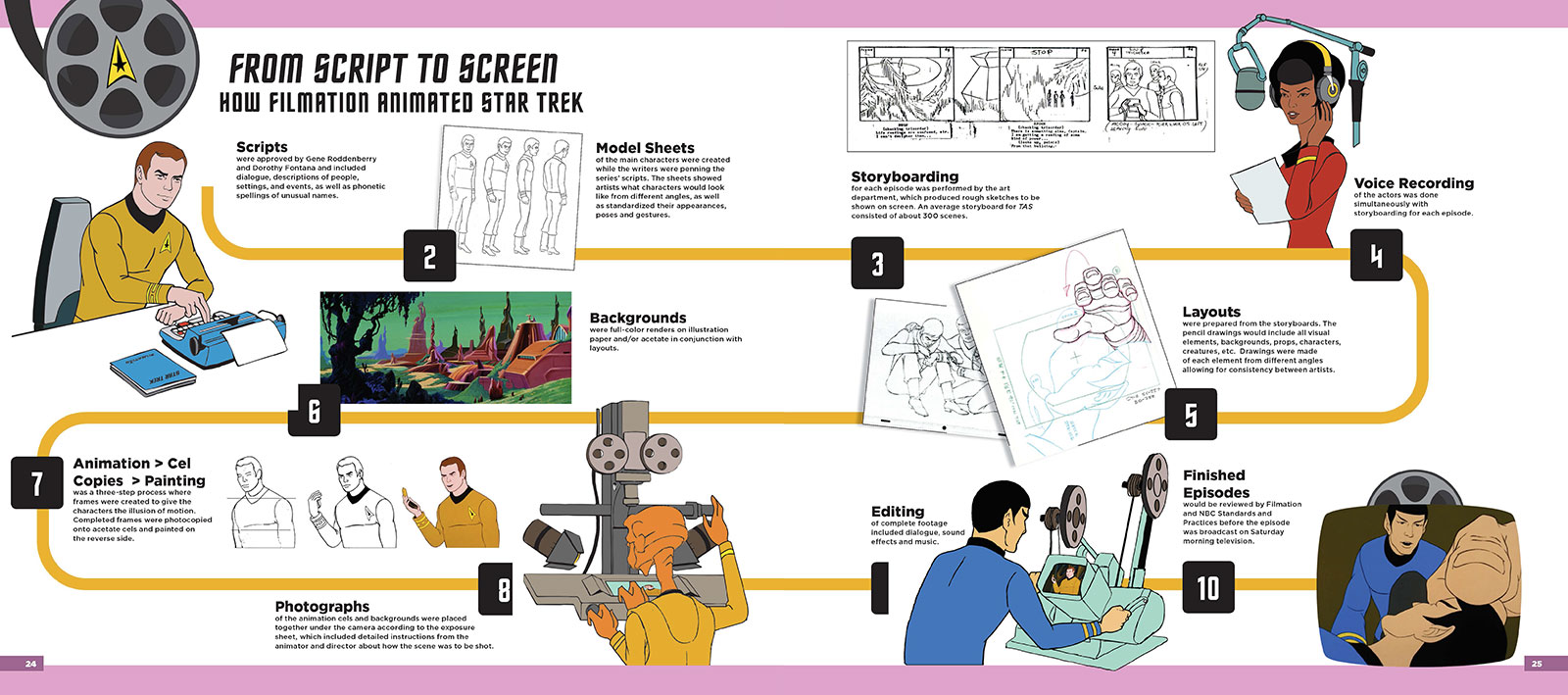
Yes, perhaps it had an added element of being considerate of the Saturday morning TV audience, which included a lot of children — the authors include a “Something for the Kids” section for many episodes to explain the primary takeaways for a younger audience — but the show also did not seem to shy away from mining some of the more adult content of the live action version of the show. Hangovers, love potions, and hookups are all referenced, which even obliquely would have been very forward for a Saturday morning cartoon in the 1970s.
Supported by veteran TV and Star Trek writers like David Gerrold (“The Trouble with Tribbles”) and Stephen Kandel (“I, Mudd” and “Mudd’s Women”) many of The Animated Series’ episodes benefited from the creative genius that sat behind its live action counterpart.
Harvey and Schepis also had significant background material, which adds to the book’s depth. It is clear that they interviewed Dorothy Fontana extensively, as well as David Gerrold and other surviving members of the production team. If there’s anything missing that it would have been nice to include, it’s some memories or recollections of the surviving actors. The stories about the actors’ participation in the show are often parsed through the memories of the folks who worked on production.
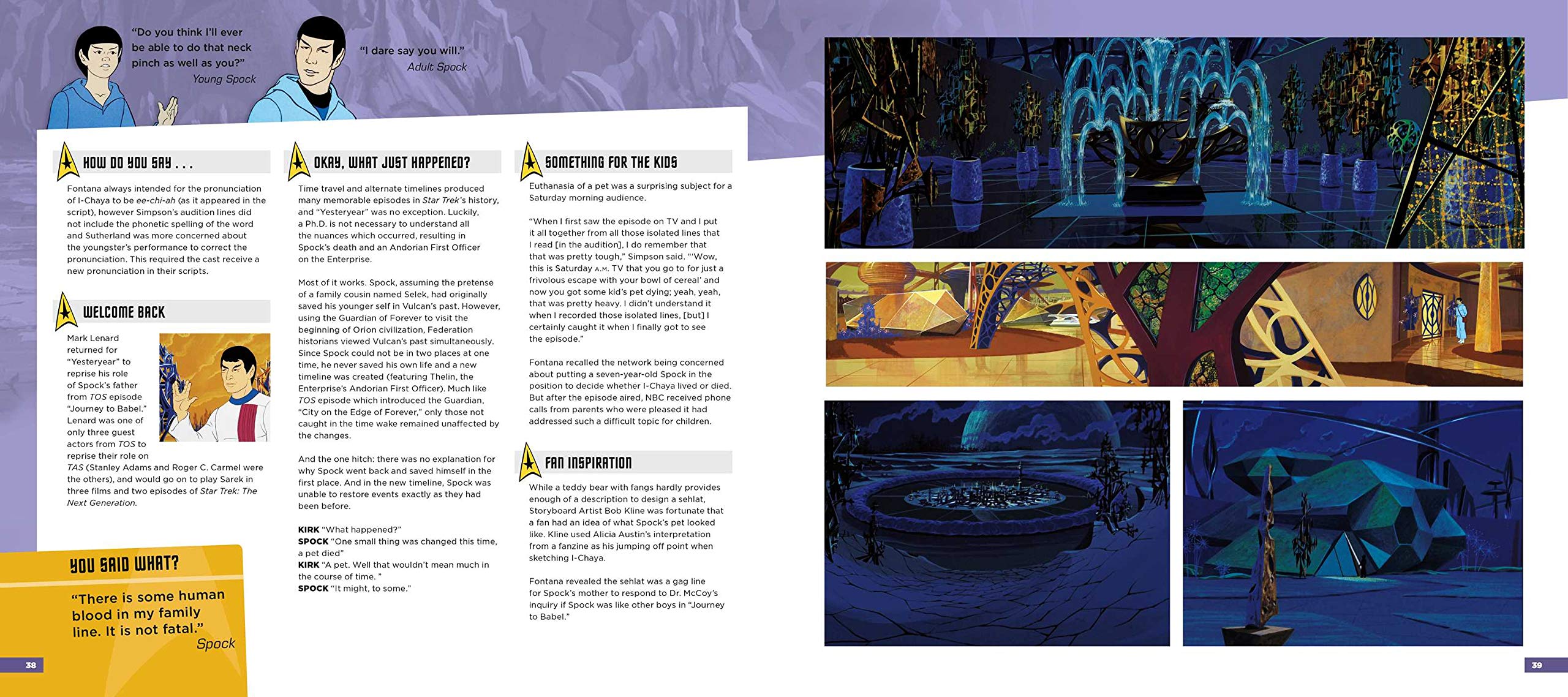
While it is probably very likely they would not have had too much to say – many of their lines would be recorded in a single afternoon – and the list of potential candidates who would have memories to share is getting sadly short, it does feel like there is a bit of a void there that could have been filled through archival materials or interviews.
Overall, The Official Guide to the Animated Series will sit very nicely alongside the Star Trek Compendium, the companions for the later series, and many of the other fabulous reference books about the making of various Star Trek productions that have been written over the years. It is an easy read, and worth it for existing fans of the show who want to dig a little deeper, as well as fans like myself, to get a better appreciation for the role The Animated Series played in launching the rest of the franchise.
Let’s hope it does not take 45 years to get this kind of great reference work for the next slate of upcoming Star Trek animated shows!
![]()


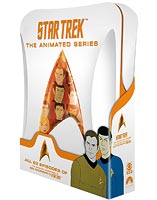 'The Animated Series'
'The Animated Series'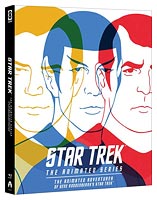 'The Animated Series'
'The Animated Series'
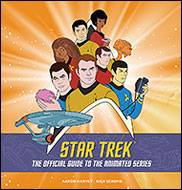 'The Official Guide to
'The Official Guide to